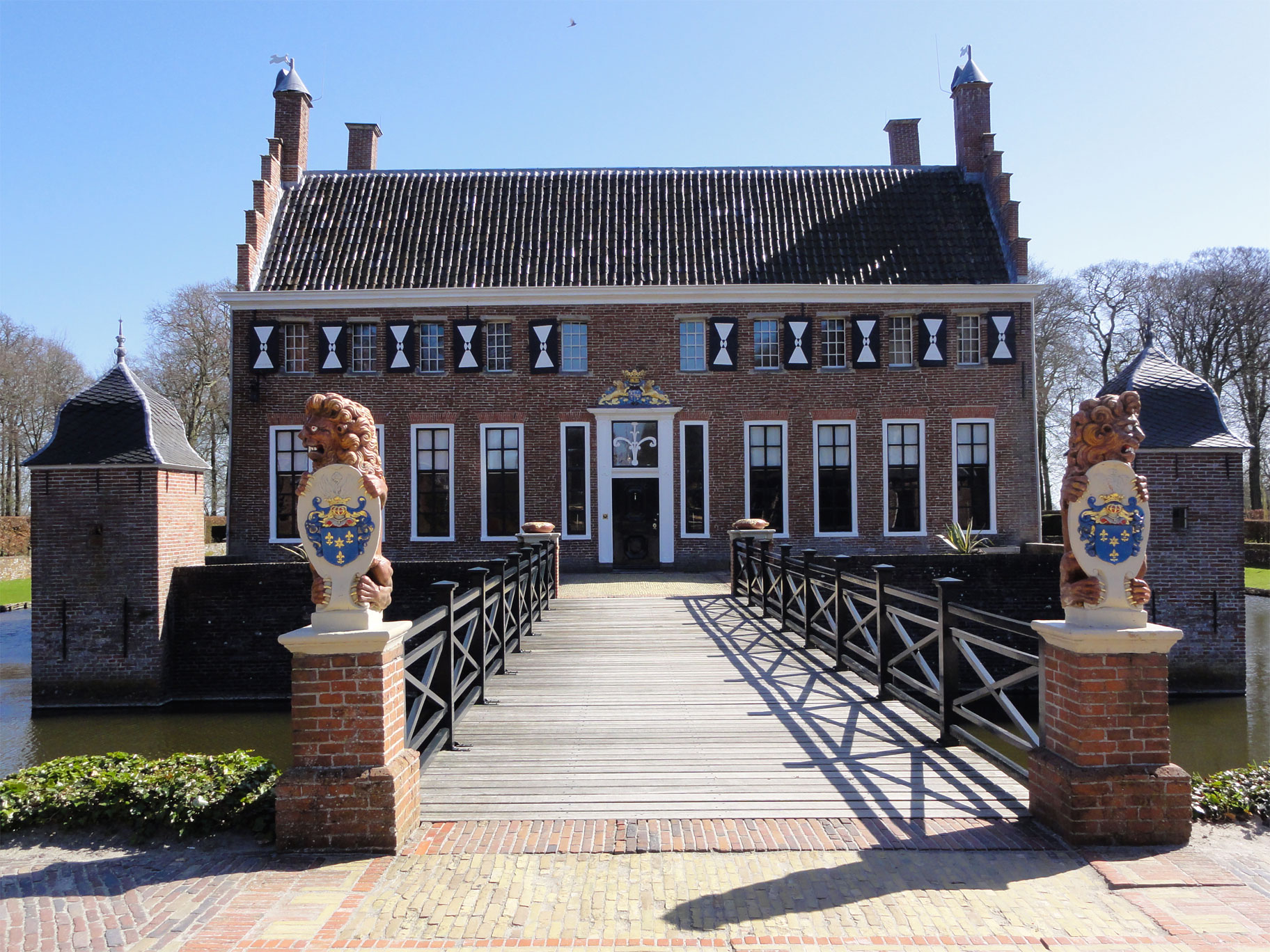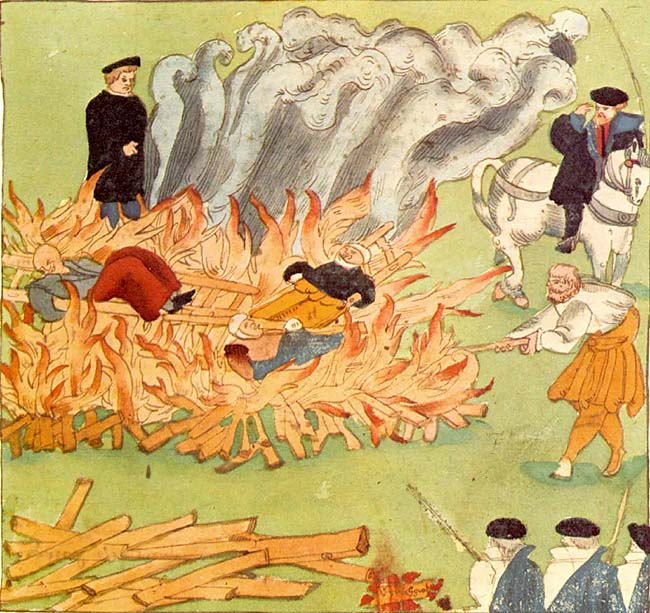|
Wedderborg
The Wedderborg (; Borough of Wedde) is a ''borg'', a type of castle in Groningen, in the village of Wedde in the Netherlands. The building has 14th, 15th, and 16th-century elements and is currently used as a hotel and restaurant. Wedderborg was built around 1370 by Egge Addinga who ruled the ''heerlijkheid'' Westerwolde on behalf of the bishop of Münster. The rule of the Addinga family was controversial. In 1478, the ''borg'' was destroyed by Groningen. It changed hands many times until 1594 when it became part of the Dutch Republic. Wedderborg remained the seat of the court of Westerwolde until 1818. In 1828, the ''borg'' became privately owned. Location The Wedderborg is located at the Hoofdweg in the village Wedde in the municipality of Westerwolde in the east of the province Groningen near the Dutch–German border. It is situated on the bank of the river in the north of the region Westerwolde. History Most of Westerwolde was a raised bog with few inhabitants, howev ... [...More Info...] [...Related Items...] OR: [Wikipedia] [Google] [Baidu] |
Wedde
Wedde () is a village in the municipality Westerwolde in the province Groningen in the Netherlands. It is located 9 km southeast of Winschoten. The castle Wedderborg is located in the village. History Most of Westerwolde was a raised bog with few inhabitants, however it formed a natural border between Groningen, East Frisia and the Prince-Bishopric of Münster, and therefore changed ownership many times during its history. Wedde was located on the road between Groningen and Germany, and dates from the 12th century. The flows through the village. In 1316, Westerwolde became part of Münster. In 1362, Egge I Addinga was given the ''heerlijkheid'' Westerwolde by the bishop of Münster, and started constructing the Wedderborg, a castle, in Wedde around 1370. In 1619, Westerwolde was purchased by the city of Groningen, and Wedde remained subordinate to the city until 1798. It remained a separate municipality until 1968, when it was merged with Bellingwolde to form B ... [...More Info...] [...Related Items...] OR: [Wikipedia] [Google] [Baidu] |
Borg (castle)
A borg (; Gronings: ''börg'') is a former stronghold or villa in the province of Groningen, Netherlands. Borgs used to belong to noblemen or prominent citizens. A comparable building in the neighboring province of Friesland is called a stins. History A borg usually started as a brick building, a 'steenhuis' (literally meaning 'stone house'), built in the 13th or 14th century. A steenhuis was usually 11 meters long and eight meters wide. The walls were thick, often more than one meter in thickness. Most were originally made of wood because stone was expensive, but less flammable. A steenhuis was not used as a house, but offered protection in times of danger. There is one original steenhuis left in Groningen, the Iwema-steenhuis in Niebert. Some steenhuises were enlarged and became more like a castle; this would be considered a borg. A good example of a borg that originated from a steenhuis is the Fraeylemaborg. In the building itself you can still find a wide wall with emb ... [...More Info...] [...Related Items...] OR: [Wikipedia] [Google] [Baidu] |
Rijksdienst Voor Het Cultureel Erfgoed
Rijksdienst voor het Cultureel Erfgoed (RCE, Cultural Heritage Agency of the Netherlands) often abbreviated as Cultureel Erfgoed, is a Dutch heritage organisation working for the protection and conservation of National Heritage Sites. It is located in Amersfoort, province of Utrecht. Responsibilities Cultureel Erfgoed is a department of the Dutch Ministry of Education, Culture and Science. Their responsibilities include managing the official list of Rijksmonumenten known as the ''Monumentenregister'', (the storage and restoration of) the National art collection of the Netherlands, the National Archaeological Ship storage and fleet, and ''Archis'', the central archaeological information system. They also subsidize grants in the fields of both movable and immovable cultural heritage. The RCE carries out the Dutch law known as the "Monumentenwet 1988" (English: ''Cultural property law''), and wherever registered cultural heritage is threatened, the department takes action, whether ... [...More Info...] [...Related Items...] OR: [Wikipedia] [Google] [Baidu] |
Generality Lands
The Generality Lands, Lands of the Generality or Common Lands ( nl, Generaliteitslanden) were about one fifth of the territories of the United Provinces of the Netherlands, that were directly governed by the States-General. Unlike the seven provinces of Holland, Zeeland, Utrecht, Guelders, Overijssel, Friesland and Groningen, these territories had no States-Provincial and were not represented in the central government. From an economic point of view, they were exploited with heavy taxes and levies. As one author puts it: "Back in the Dutch lap, these so-called Generality lands were for a long time governed as a sort of internal colonies, in which Catholics were seen as second-class citizens."Josse de Voogd, Zicht op verschil. Een verkenning naar stemgedrag en ruimte in Nederland, Ministerie van Binnenlandse Zaken en Koninkrijksrelaties in samenwerking met Telos, Brabants centrum voor duurzame ontwikkeling, oktober 2017 History During the Eighty Years' War the Generality ... [...More Info...] [...Related Items...] OR: [Wikipedia] [Google] [Baidu] |
Charles II, Duke Of Guelders
Charles II (9 November 1467 – 30 June 1538) was a member of the House of Egmond who ruled as Duke of Guelders and Count of Zutphen from 1492 until his death. He was the son of Adolf of Egmond and Catharine of Bourbon. He had a principal role in the Frisian peasant rebellion and the Guelders Wars. Life Charles was born either at Arnhem or at Grave, Netherlands, and raised at the Burgundian court of Charles the Bold, who had bought the duchy of Guelders from Adolf of Egmond in 1473. He fought in several battles against the armies of Charles VIII of France, until he was captured in the Battle of Béthune in 1487. King Maximilian subsequently managed to acquire the Burgundian lands for the Habsburgs by marriage. In 1492, the citizens of Guelders, disenchanted with Maximilian's rule, ransomed Charles and recognized him as their Duke. As Duke his regent was his aunt Catherine. Charles was supported by the French King, but in 1505, Guelders was regained by King Maximilian's son ... [...More Info...] [...Related Items...] OR: [Wikipedia] [Google] [Baidu] |
Guelders
The Duchy of Guelders ( nl, Gelre, french: Gueldre, german: Geldern) is a historical duchy, previously county, of the Holy Roman Empire, located in the Low Countries. Geography The duchy was named after the town of Geldern (''Gelder'') in present-day Germany. Though the present province of Gelderland (English also ''Guelders'') in the Netherlands occupies most of the area, the former duchy also comprised parts of the present Dutch province of Limburg as well as those territories in the present-day German state of North Rhine-Westphalia that were acquired by Prussia in 1713. Four parts of the duchy had their own centres, as they were separated by rivers: * the quarter of Roermond, also called Upper Quarter or Upper Guelders – upstream on both sides of the Maas, comprising the town of Geldern as well as Erkelenz, Goch, Nieuwstadt, Venlo and Straelen; spatially separated from the Lower Quarters (Gelderland): * the quarter of the county Zutphen, also called the Achterhoek – ... [...More Info...] [...Related Items...] OR: [Wikipedia] [Google] [Baidu] |
Charles V, Holy Roman Emperor
Charles V, french: Charles Quint, it, Carlo V, nl, Karel V, ca, Carles V, la, Carolus V (24 February 1500 – 21 September 1558) was Holy Roman Emperor and Archduke of Austria from 1519 to 1556, King of Spain ( Castile and Aragon) from 1516 to 1556, and Lord of the Netherlands as titular Duke of Burgundy from 1506 to 1555. He was heir to and then head of the rising House of Habsburg during the first half of the 16th century, his dominions in Europe included the Holy Roman Empire, extending from Germany to northern Italy with direct rule over the Austrian hereditary lands and the Burgundian Low Countries, and Spain with its southern Italian possessions of Naples, Sicily, and Sardinia. He oversaw both the continuation of the long-lasting Spanish colonization of the Americas and the short-lived German colonization of the Americas. The personal union of the European and American territories of Charles V was the first collection of realms labelled " the empire ... [...More Info...] [...Related Items...] OR: [Wikipedia] [Google] [Baidu] |
Dutch Revolt
The Eighty Years' War or Dutch Revolt ( nl, Nederlandse Opstand) ( c.1566/1568–1648) was an armed conflict in the Habsburg Netherlands between disparate groups of rebels and the Spanish government. The causes of the war included the Reformation, centralisation, taxation, and the rights and privileges of the nobility and cities. After the initial stages, Philip II of Spain, the sovereign of the Netherlands, deployed his armies and regained control over most of the rebel-held territories. However, widespread mutinies in the Spanish army caused a general uprising. Under the leadership of the exiled William the Silent, the Catholic- and Protestant-dominated provinces sought to establish religious peace while jointly opposing the king's regime with the Pacification of Ghent, but the general rebellion failed to sustain itself. Despite Governor of Spanish Netherlands and General for Spain, the Duke of Parma's steady military and diplomatic successes, the Union of Utr ... [...More Info...] [...Related Items...] OR: [Wikipedia] [Google] [Baidu] |
Witch Trial
A witch-hunt, or a witch purge, is a search for people who have been labeled witches or a search for evidence of witchcraft. The classical period of witch-hunts in Early Modern Europe and Colonial America took place in the Early Modern period or about 1450 to 1750, spanning the upheavals of the Reformation and the Thirty Years' War, resulting in an estimated 35,000 to 50,000 executions. The last executions of people convicted as witches in Europe took place in the 18th century. In other regions, like Africa and Asia, contemporary witch-hunts have been reported from sub-Saharan Africa and Papua New Guinea, and official legislation against witchcraft is still found in Saudi Arabia and Cameroon today. In current language, "witch-hunt" metaphorically means an investigation that is usually conducted with much publicity, supposedly to uncover subversive activity, disloyalty, and so on, but with the real purpose of intimidating political opponents. It can also involve element ... [...More Info...] [...Related Items...] OR: [Wikipedia] [Google] [Baidu] |
Burned At The Stake
Death by burning (also known as immolation) is an execution and murder method involving combustion or exposure to extreme heat. It has a long history as a form of public capital punishment, and many societies have employed it as a punishment for and warning against crimes such as treason, heresy, and witchcraft. The best-known execution of this type is burning at the stake, where the condemned is bound to a large wooden stake and a fire lit beneath. Effects In the process of being burned to death, a body experiences burns to exposed tissue, changes in content and distribution of body fluid, fixation of tissue, and shrinkage (especially of the skin). Internal organs may be shrunken due to fluid loss. Shrinkage and contraction of the muscles may cause joints to flex and the body to adopt the "pugilistic stance" (boxer stance), with the elbows and knees flexed and the fists clenched. Shrinkage of the skin around the neck may be severe enough to strangle a victim. Fluid shifts, e ... [...More Info...] [...Related Items...] OR: [Wikipedia] [Google] [Baidu] |



.jpg)

